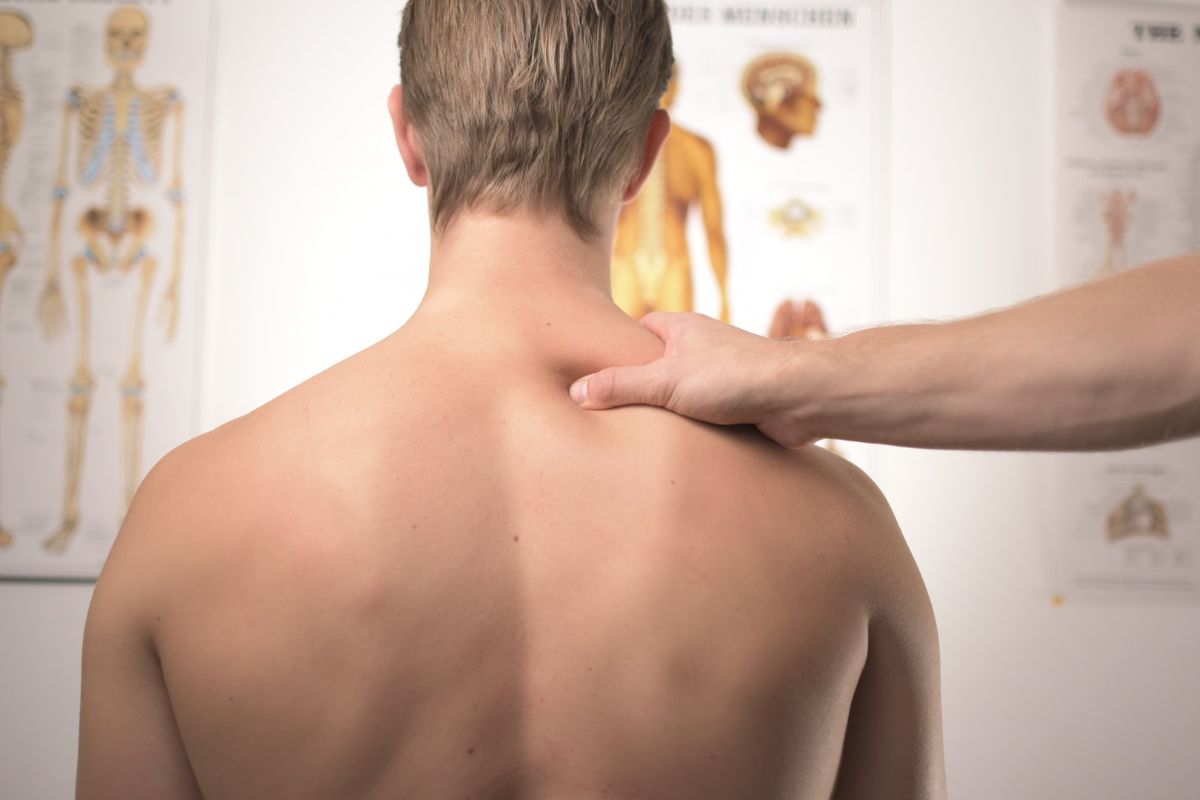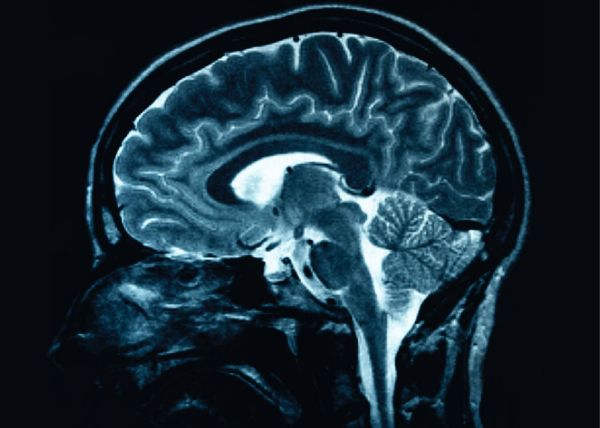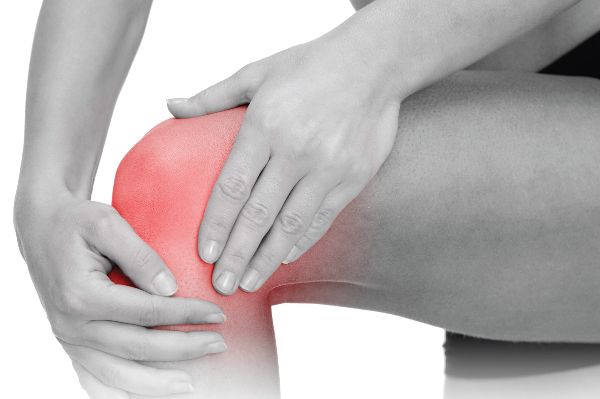Is Your TFL Hurting Your Knees?
Posted on May 9, 2012 by Dr. Andrea Hoglen

As a runner myself, I tend to speak to plenty of other runners. I also treat a number of runners, walkers, gymnasts, and soccer players in my practice, so it is no coincidence that hip and knee pain appear frequently in my day-to-day treatments.
The hips and knees are often vulnerable joints for athletes, regardless of their activity. A casual walker can experience pain just as easily as a conditioned, competitive athlete. So whether you are a walker, a runner, a cyclist, a swimmer, or an armchair sports enthusiast, lets take a moment to talk about your aches and pains.
Many hip and knee pains can be caused by an injury. In that case, they are very straightforward. The athlete recalls a specific injury or incident, and we pursue the standard examination and treatment.
But what happens if there was no injury?
"It just starts hurting after I run for 10 minutes," a fellow runner once told me. This is more common than many people realize. Pain in the knee can originate from the hip, as pain in the hip can originate from the knee. In my experience, the most likely culprit for this is the tensor fasciae latae muscle, or the TFL. Many runners know this muscle by the band of tough tissue that runs from this muscle to the knee, known as the iliotibial band, or ITB.
Excessive tension in the TFL pulls excessively on the outside of the knee joint, causing pain or tension with every step. This is why it is essential to stretch or manually release the tension in this muscle. Many people fail to do this, because the muscle is difficult to stretch or release without assistance. However the use of a foam roller can be crucial in assisting you.
If the TFL is chronically tight, we look to other stabilizers of the hip joint to see if there is a failure of coordination, causing the TFL to essentially become "overworked". Frequently, the Gluteus Medius muscle is failing to fire in a coordinated sequence with the stride. The muscle may not demonstrate a functional weakness, but it is unable to fully support the hip due to an insufficient coordination pattern. Simple exercises can be used to improve coordination of the hip stabilizers.

Another potential cause of chronic TFL tension is gut inflammation. Due to the lymphatic drainage of the intestines, the TFL will often become tight and painful if the gut is unable to properly flush out pro-inflammatory foods such as wheat, corn, and processed foods. If you experience hip and knee pain, there are a number of potential causes, and proper evaluation by a qualified physician is always advised. Seek out a natural practitioner trained in athletic biomechanics, such as your Chiropractor or Applied Kinesiologist. I advise all patients to get a second opinion before pursuing any surgical options, and make sure to resolve any gut issues before investigating more invasive treatments.

Research Review from the Annals of Internal Medicine showed significant reduction of acute neck pain with Chiropractic treatment.

Japanese research looking at the effects of Chiropractic adjustments on the glucose usage patterns of the brain.

Areas treated with laser therapy have faster healing, increased blood flow, and significant reduction in pain.

Research looking at the use of laser therpay to treat people suffering with chronic joint disorders. These include Osteoarthritis, TMJ disorders, knee pain, and back pain.
Share this Article!